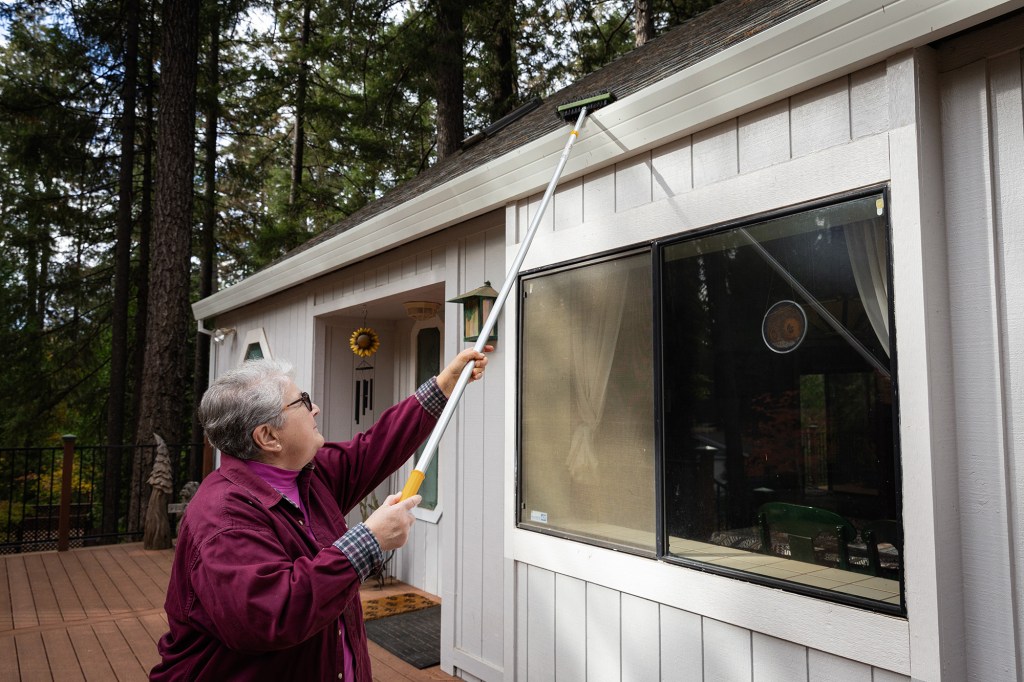Spend any time thinking or talking about insurance in California these days and you’re bound to hear the word “mitigation.”
Fire officials, lawmakers, insurance agents and others are asking homeowners to help lower the risk of devastating wildfires by making improvements to their properties — in some cases at great expense — and often in the context of trying to hang on to their insurance policies. The state has spent about $3.7 billion on forest management in the past seven years. Communities, fire districts and others are doing their part, too.
But some insurance companies citing growing risks and costs have paused or stopped writing new policies in California, causing a crisis of home-insurance affordability and availability. Some homeowners have seen their premiums spike or are being priced out, while others have been forced to turn to the ever-growing FAIR Plan, the insurer of last resort that offers less coverage but higher insurance premiums anyway.
As Insurance Commissioner Ricardo Lara rolls out his plan to try to reverse that trend, three state lawmakers are pushing for mitigation to be taken into account when insurers set premiums or when they decide whether to offer policies at all. Or they want mitigation to be more effectively tracked and strategized.
Lea esta historia en Español
“We believe that if you do the homework, you should get the credit,” said state Sen. Josh Becker, the Democrat representing Menlo Park. “As a state, we’re doing that homework.”
Becker’s staff cites the billions of dollars the state has spent on reducing fuel and managing vegetation since 2017, when wildfires consumed many parts of California. The sum doesn’t include other spending on fire engines, air tankers and increasing staff for Cal Fire, which has added about 4,500 positions in the past decade.
A bill authored by Becker seeks to incorporate mitigation into insurance companies’ underwriting decisions — when they consider whether to write or…
Read the full article here







